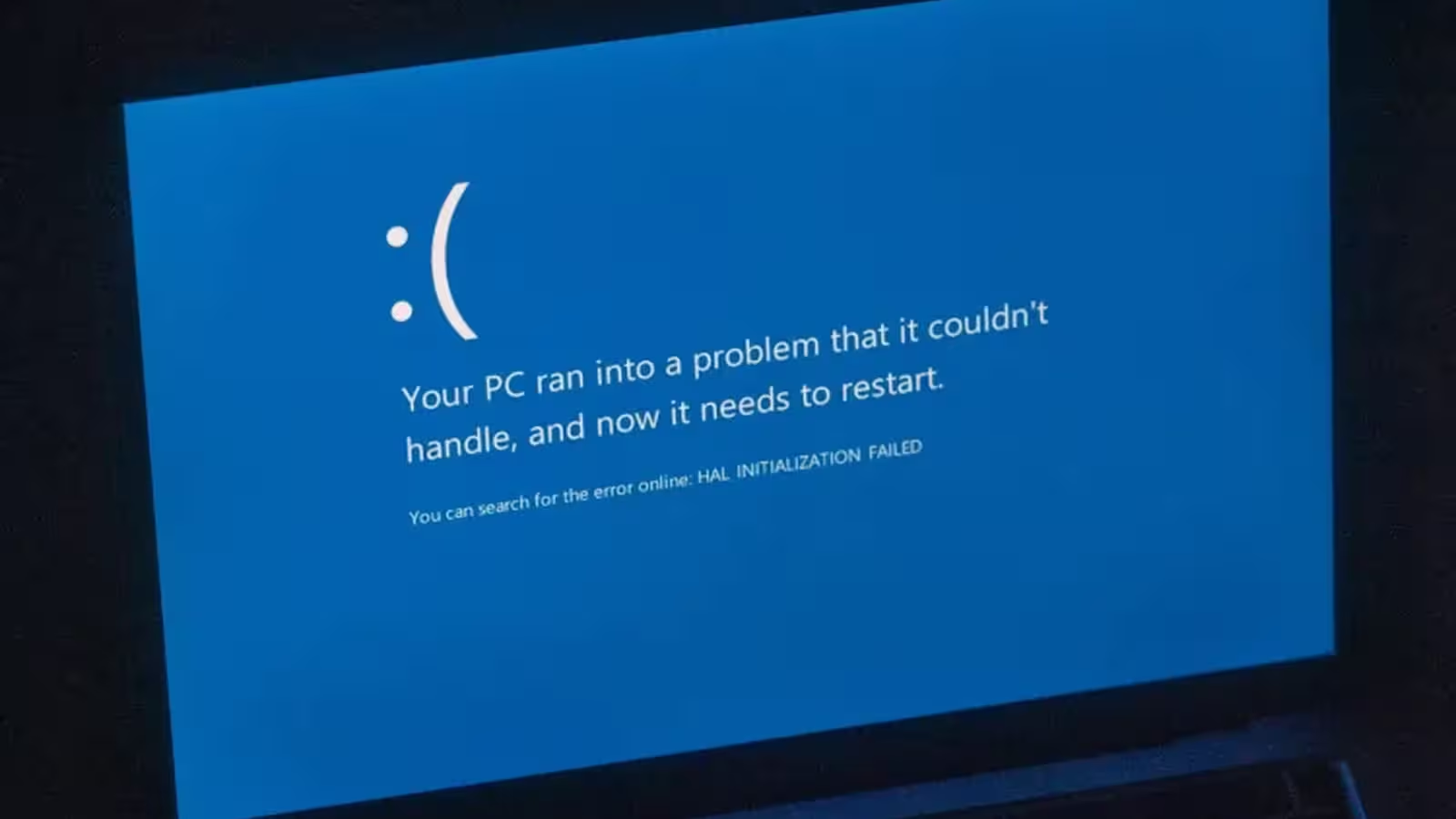3 Minutes
Windows Announces End of the Blue Screen of Death Era
For nearly 40 years, the Blue Screen of Death (BSOD) has been synonymous with critical system crashes on Windows. Now, Microsoft is officially turning the page on this iconic error message. As part of its ongoing Windows 11 updates, the tech giant has revealed a major visual and functional overhaul to the BSOD, which will soon be transformed into the Black Screen of Death.
A Bold Redesign for Enhanced Clarity
The new Black Screen of Death eliminates the traditional blue backdrop, the infamous frowning face, and even the QR code, replacing them with a minimalist, black interface. While reminiscent of the black screens seen during Windows updates, this new design is far more informative. Users and IT professionals will now see clear indications of the "stop code" and any faulty system drivers directly on the error screen. This update significantly reduces the need for manual crash dump analysis using advanced tools like WinDbg—saving IT administrators valuable time and simplifying the troubleshooting process.
Delivering Accurate Diagnostics and Faster Fixes
According to David Weston, Microsoft’s VP of Enterprise and OS Security, the redesign is aimed at providing users and admins with more actionable information when a system failure occurs. “This is part of an effort to deliver cleaner, more precise data on what went wrong, whether it’s a Windows core issue or a third-party component at fault,” Weston explained in an interview with The Verge.

Feature Rollout and Market Impact
The refreshed BSOD will arrive as part of a major Windows 11 update expected later this summer. This release is paired with the introduction of the Quick Machine Recovery feature, a new tool designed to rapidly restore Windows PCs that are unable to boot after critical failures. These improvements are part of Microsoft’s comprehensive initiative to bolster Windows stability and resilience, particularly in the wake of last year’s CrowdStrike incident, which rendered millions of systems inoperable.
Why the Black Screen Matters: Use Cases and Advantages
By modernizing the BSOD, Microsoft isn’t just making a cosmetic change—it’s helping IT departments and enterprise users quickly identify root causes of failures, minimize downtime, and streamline system recovery. For businesses reliant on Windows for mission-critical operations, this shift represents a significant advancement in both usability and system reliability.
Looking Ahead: Microsoft’s Commitment to Innovation
The upcoming changes to the BSOD underscore Microsoft’s ongoing commitment to digital innovation and security. As Windows 11 continues to evolve, users can anticipate further enhancements designed to improve both the user experience and the platform’s resilience against future disruptions.
Source: theverge



Comments